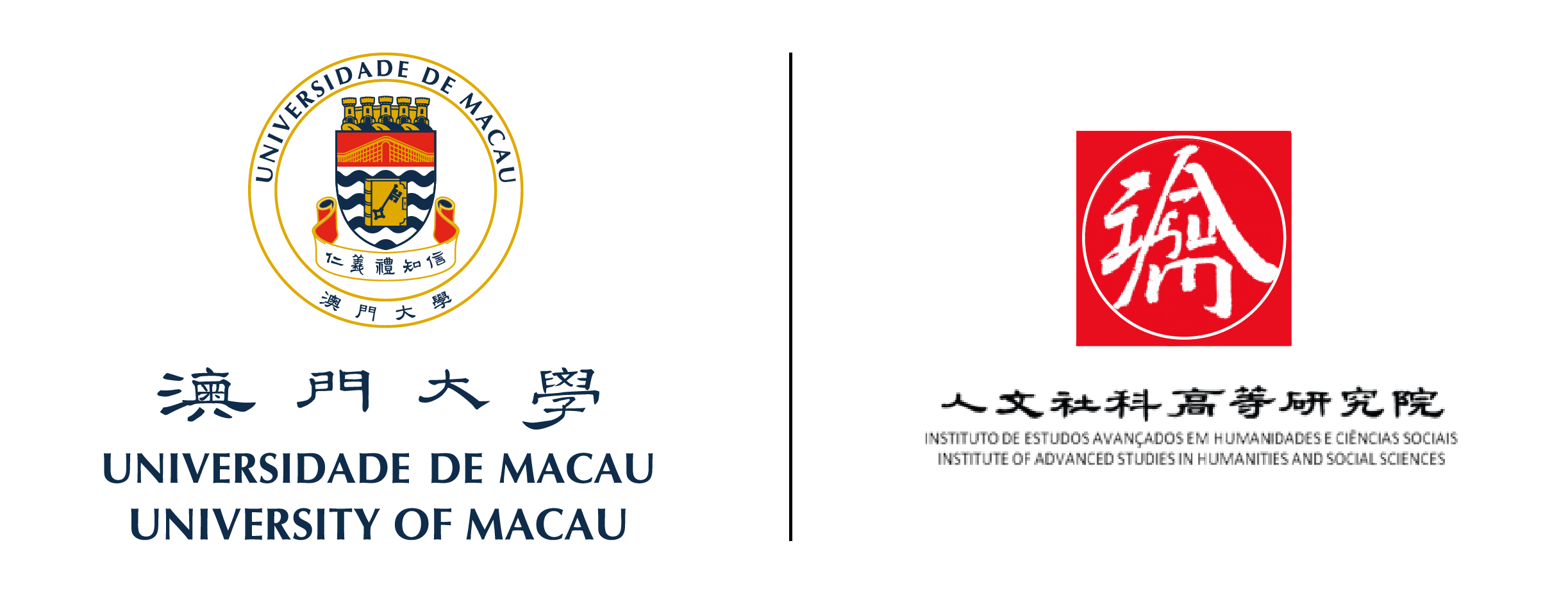
The 4th GUIA lecture organized by the Institute of Advanced Studies in Humanities and Social Sciences (IAS) was successfully held on August 27th at the Wu Yee Sun Library Lecture Hall. The guest speaker was Prof. LAM lok Fong, Agnes, Director of the Centre for Macau Studies and Associate Professor in the Department of Communication, Faculty of Social Sciences, University of Macau. The lecture topic was “The Diffusion of Western Influence Eastward or Eastern Influence Westward: Tracing the Early History of Printing in Macau”. The GUIA Lecture leverages Chinese Confucianism to expand Macau’s global culture, fostering cultural exchange among diverse cultures in Macau, China, and beyond. It provides a platform that enables interdisciplinary, high-quality, and international academic exchanges.
The history of journalism in Macau begins with the publication of Abelha da China by the Portuguese Constitutionalists in 1822, which was inspired by the modern printing press that was being developed in the West. However, by this time, the Portuguese had already been in Macau for two and a half centuries, and in the early 17th century, modern newspapers with regular printing had already appeared in Western countries. What explains the delay in the development of a similar publication in Macau until the 19th century?
Prof. Lam found a book Christiani Pueri Institutio Adolescentiaeque Perfugium published in Macau in 1588, which was the first book printed after the introduction of movable type printing from the West to China. But from the perspective of the printing press, it was the Eastern influencing the Western first. According to the letters of Father Alexander Valignano, S. J., the Jesuits had already applied the Chinese engraving press to the printing of Western European texts at least as early as 1585. At the same time, the missionary Matteo Ricci translated the Four Books and Five Classics into Latin, and by comparing the printing techniques of the East and the West, he appreciated the high efficiency and low cost of Chinese engraving.
After Robert Morrison arrived in China, he continued to use the engraved, wire-bound method of publishing, and in 1833, he founded the Tsŭ-wăn-pien, A Miscellaneous Paper, which was printed with movable type and pioneered the use of Chinese punctuation, making it the earliest modernized Chinese periodical in China. At the time, Lin Zexu took note of Morrison’s other newspaper, The Evangelist and Miscellanea Sinica, which was the first joint English-Chinese newspaper published in China, covering social news that taught the traditional manners of housemaids, as well as political developments in China and even the Asian region. On the eve of the Opium War, Lin Zexu compiled a compendium of Morrison’s (translating the Peking Gazette) collection of information on China into the Macau News and reported.
At the end of the lecture, Prof. Lam concluded that Macau was for a time the center of newspaper publishing in China between the end of the 16th century and the first half of the 19th century. The missionaries who arrived in Macau prioritized what they considered to be the more advanced oriental printing techniques in their publishing activities, and the publication of these books and journals testifies to the relatively loose social control of the imperial and local governments during the Ming and Qing dynasties. This early history of publishing in Macau shows that the history of cultural exchange between East and West was not a straightforward consequence of the introduction of Western technologies in China, but rather a long period of mutual appreciation, learning and adaptation. During this period, while Western ideas spread to China, Eastern influences also permeated Western culture.
The IAS aims to contribute to Macau society by providing more interdisciplinary academic lectures with an international perspective. This lecture attracted more than 100 students and faculty members who participated on-site. The IAS will continue to organize high-quality academic events, providing more opportunities to deepen academic exchanges and broaden knowledge horizons.








